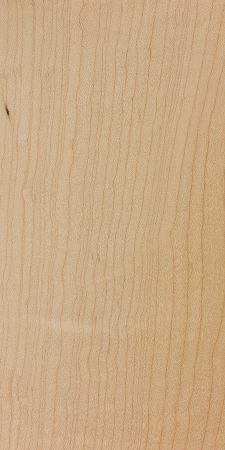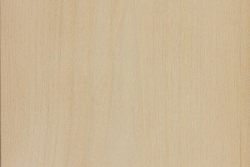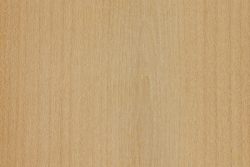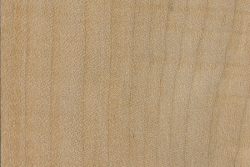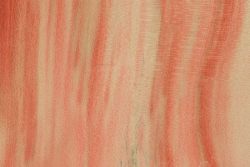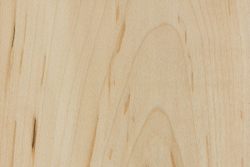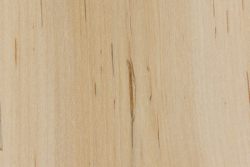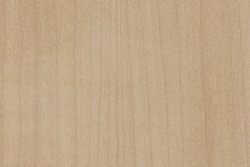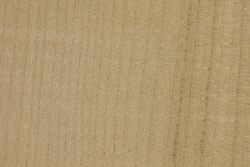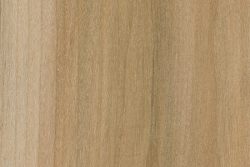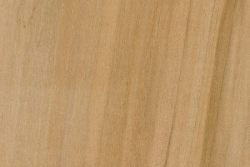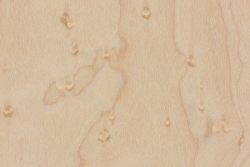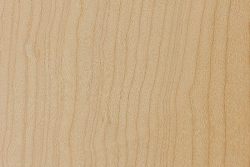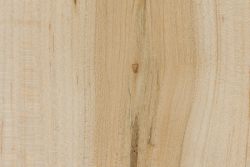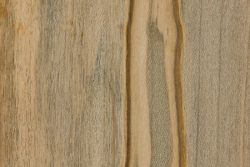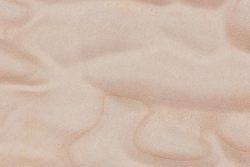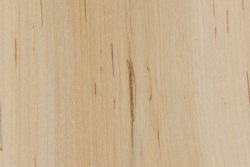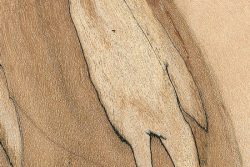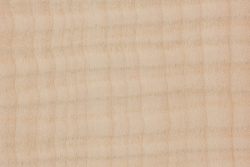Common Name(s): Maple, sycamore (United Kingdom)
Distribution: Primarily temperate regions in the Northern Hemisphere
Genus Size: Approximately 160 species
Mechanical Characteristics: Generally moderate density and strength characteristics for a temperate hardwood. Hard maple (Acer saccharum) and field maple (A. campestre) are among the hardest and heaviest of the genus.
Visual Characteristics: Maple trees generally have very wide sapwood, meaning most maple lumber is from the light-colored sapwood (as opposed to the heartwood). Many figured grain patterns are also seen in maple, such as curl, quilt, and birdseye.
Identification: Wood is diffuse porous, generally with numerous medium-sized pores (bordering on small)—giving the wood a very uniform texture. Features medium to wide rays which give a unique ray fleck on quartersawn surfaces that is sometimes used on butcher blocks.
Comments: Both as a tree and in wood form, maple is appreciated worldwide. A stylized maple leaf is prominently featured on the Canadian national flag, and many different cultivars of maple are planted as ornamental trees, displaying vibrant fall colors. The wood is used from baseball bats and bowling pins to musical instruments and hardwood floors.
Hard or Soft? Perhaps one of the biggest distinctions between maple is in the separation between hard and soft maple. Although soft maple has very good machining and working characteristics in most interior woodworking applications, it is (as the name implies) softer than hard maple and isn’t as well suited for hardwood flooring. See the article Differences Between Hard and Soft Maple for more information.
A Blank Canvas: For woodworkers, there is perhaps no other genus of wood that yields more types of figured lumber than maple. Not only are there numerous grain variations, such as curl, quilt, burl, and birdseye, but there’s also special abnormalities that produce different colors or patterns, such as ambrosia, spalt, and the pink fungal discoloration of box elder (Acer negundo). Add to this the light color of the wood— which can be stained just about any desired hue—and maple forms a versatile neutral base upon which any number of colors or patterns may be exhibited in a wooden object.
Related Content:

